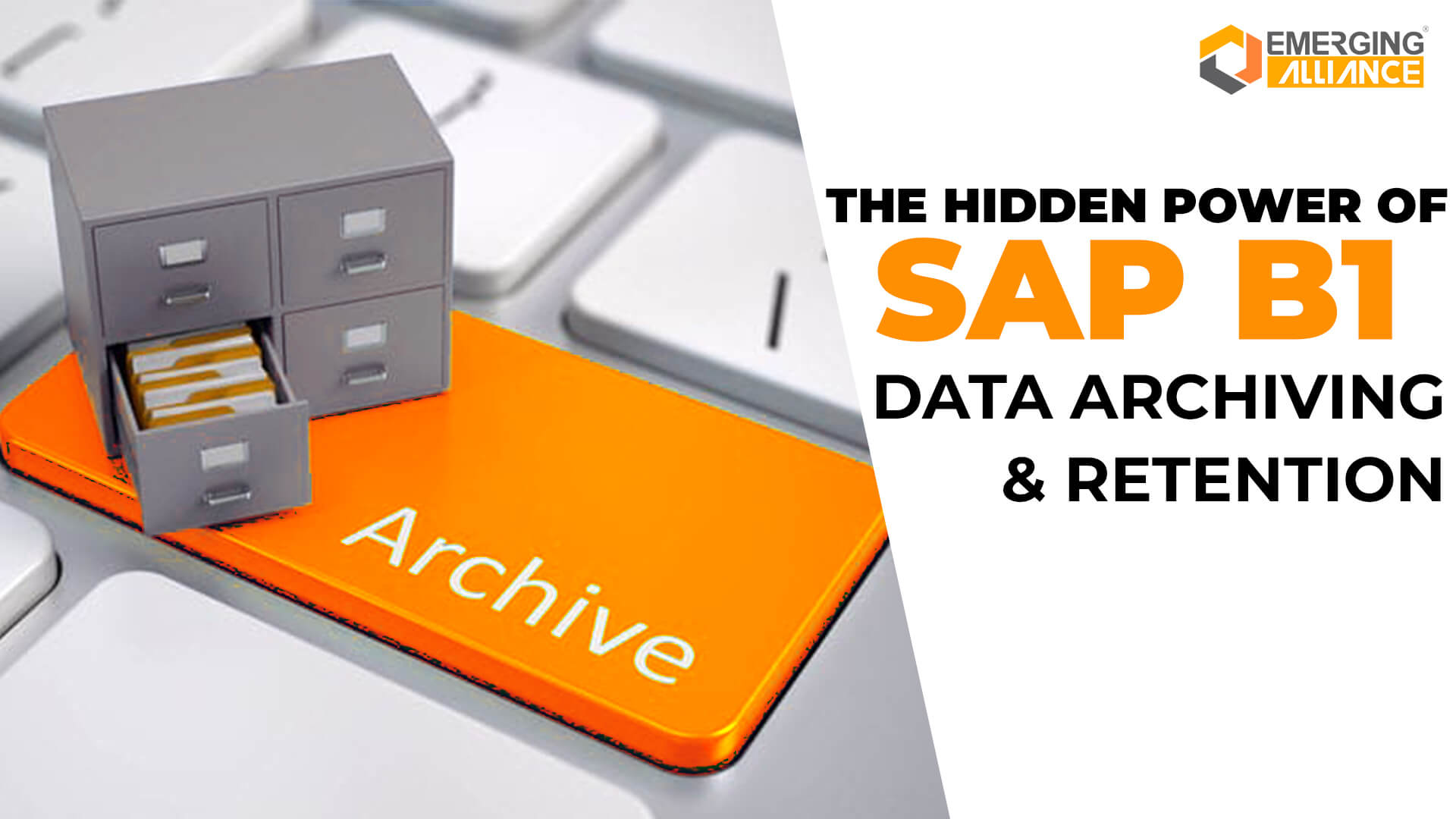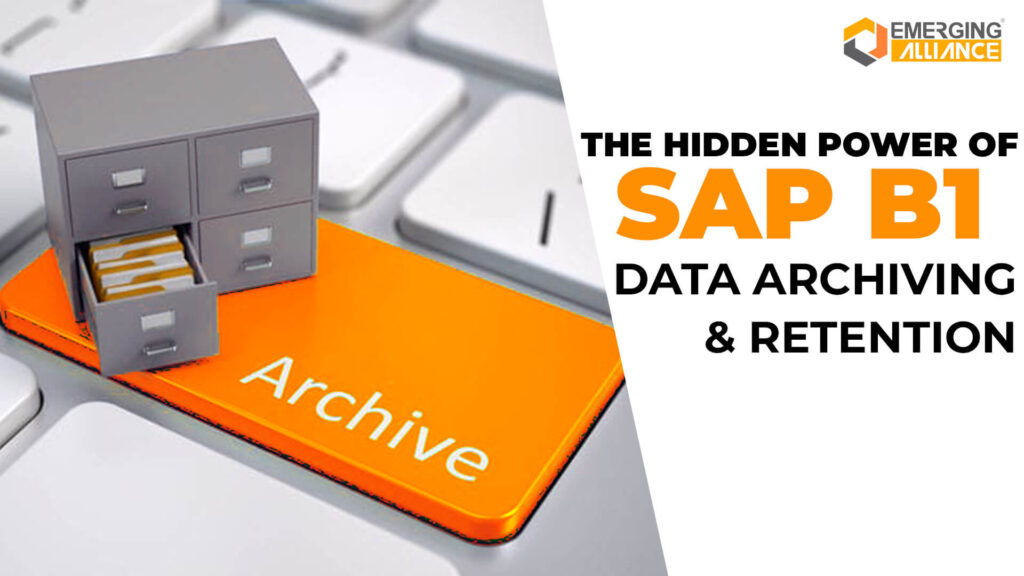
The Hidden Power of SAP B1 Data Archiving & Retention

SAP B1 Unveiled: Data Archiving & Retention Demystified
Introduction: In the realm of efficient business operations and data management, SAP Business One (SAP B1) has emerged as a game-changer. Among its myriad features, data archiving and retention stand out as crucial aspects for maintaining optimal system performance and compliance with data regulations. In this article, we unveil the secrets behind SAP B1 data archiving and retention strategies that every business should know.
Understanding SAP B1 Data Archiving and Retention
SAP B1, the renowned enterprise resource planning (ERP) solution, empowers businesses with streamlined operations, enhanced visibility, and data-driven decision-making. As businesses accumulate vast amounts of data over time, effective data archiving and retention become essential for maintaining system performance and adhering to data governance requirements.
The Benefits of Data Archiving in SAP B1
Data archiving involves moving older or less frequently accessed data from the live database to a separate storage, thereby reducing the load on the active system. Here’s why it matters:
Improved System Performance: By offloading historical data, SAP B1’s performance remains consistent, ensuring swift access to current information.
Cost Efficiency: Archiving minimizes database size, resulting in lower storage costs and optimized hardware utilization.
Enhanced User Experience: Users can retrieve recent data without sifting through years of information, boosting efficiency.
Compliance and Regulations: Archiving helps in complying with data retention regulations by securely storing relevant data.
SAP B1 Data Retention Strategies
Retaining data is crucial for legal, operational, and analytical purposes. SAP B1 offers strategies to manage data retention effectively:
Document Level Retention: Classify documents based on importance and retention periods. SAP B1 enables automated archiving based on these parameters.
Customizable Retention Policies: Configure retention policies to align with industry regulations and your business needs.
Data Aging: Define data aging rules to automatically identify data that’s ready for archiving based on defined criteria like date or status.
Unveiling the Secrets
Optimal Archiving Frequency: Striking a balance between archiving too frequently and not often enough is key. Regular reviews of data usage patterns help determine the right frequency.
Testing and Validation: Before initiating a large-scale archiving process, conduct thorough testing in a non-production environment to ensure data integrity and system stability.
Cross-Functional Collaboration: Involve IT, legal, compliance, and business departments to establish comprehensive archiving and retention strategies.
Monitoring and Adaptation: Regularly monitor archiving processes and adjust strategies as your business evolves. What works today might need modification tomorrow.
Efficient data archiving and retention within SAP B1 can unlock immense benefits for businesses seeking optimized performance, compliance, and informed decision-making. By understanding the secrets behind effective strategies, your business can unleash the true potential of SAP B1 while maintaining data integrity and adherence to regulations. Stay ahead in the competitive landscape by harnessing the power of SAP B1’s data management capabilities. If you’re ready to take your business to the next level, it’s time to unlock the secrets of SAP B1 data archiving and retention.
Join the ranks of the inquisitive – Delve into captivating content on our website and uncover more than you ever imagined!
Want to speak to an expert? Fill in the form below, and we will be in touch with you shortly!




